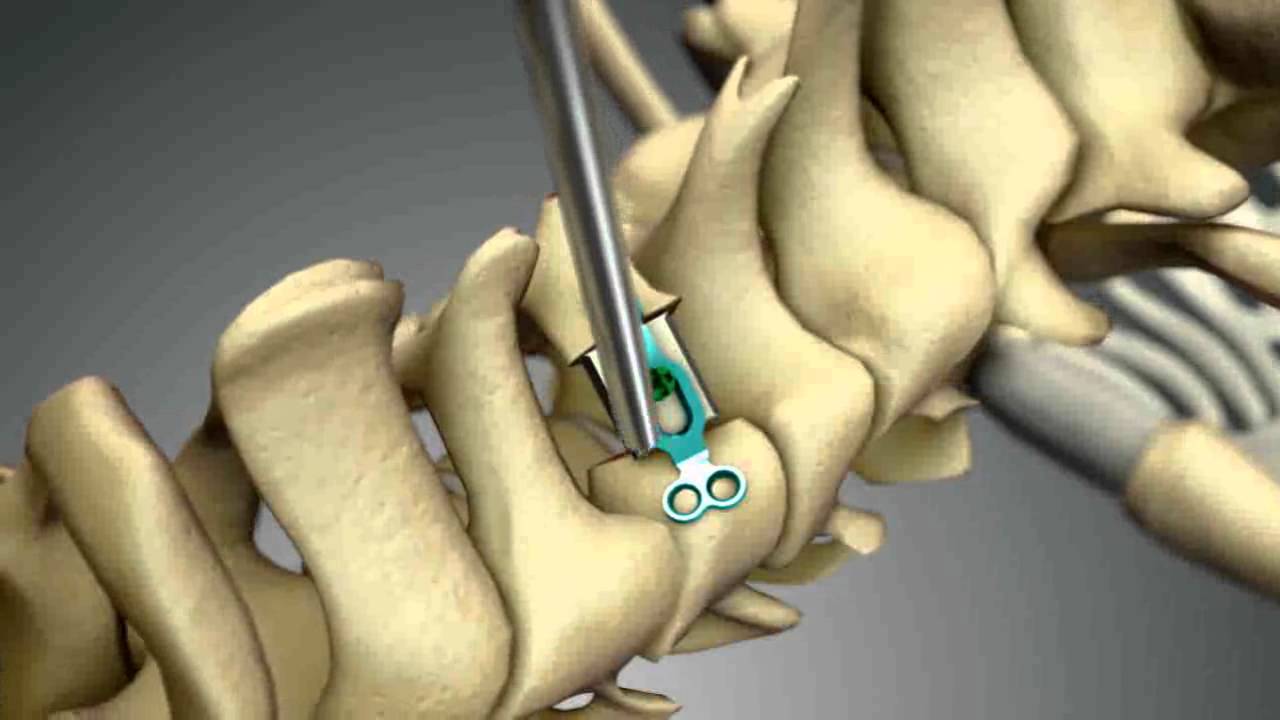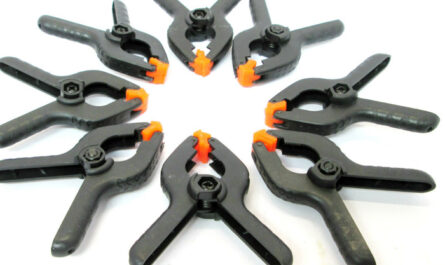Spinal laminoplasty is a surgical procedure used to treat cervical spinal stenosis. It is an alternative to spinal fusion or laminectomy and aims to prevent spinal cord compression while preserving spinal function and mobility. Over the past decade, laminoplasty has gained more popularity globally as a treatment option for cervical myelopathy caused by spinal cord compression.
What is Laminoplasty?
Laminoplasty involves opening the spinal canal from the back of the vertebral bone by reshaping one or more lamina—the bony roof over the spinal cord. This creates more space in the spinal canal and relieves pressure on the spinal cord without fusing the vertebrae together like a spinal fusion. Often a small piece of biocompatible graft material or metal plate is inserted in the laminoplasty site to keep the vertebrae shaped in the open position and prevent re-stenosis. The goal is to decompress the spinal cord and nerve roots without restricting neck movement.
Why is it Increasing in Popularity?
There are several reasons why Global Spinal Laminoplasty is gaining worldwide acceptance among spinal surgeons and patients compared to fusion or laminectomy procedures:
– Mobility preservation: Laminoplasty allows patients to retain normal or near-normal neck movement after surgery compared to fusion which restricts motion. This mobility leads to improved quality of life.
– Low re-operation rate: Re-stenosis or closure of the opened spinal canal is less common than with laminectomy alone which provides long-lasting decompression effects.
– Neurological function recovery: By not permanently altering spinal alignment and motion like fusion, laminoplasty may provide better chances of recovering or improving arm/hand numbness or weakness caused by myelopathy.
– Less post-op pain: Laminoplasty is associated with less postoperative neck and arm pain than laminectomy or fusion due to mobility preservation and absence of hardware in most cases.
– Shorter hospital stay: As a less invasive surgery, laminoplasty typically requires only an overnight hospital stay versus several days for fusion. This means faster recovery.
Surgical Technique Variations
While the basic principles of laminoplasty involve reshaping the lamina to open the spinal canal, surgeons have developed multiple approaches:
Bilateral Opening Technique
One of the earliest forms performs a midline split to open the lamina on both sides of the spinal canal. A bone graft or plate is placed within the split to hold the opened position.
Unilateral Opening
Rather than splitting, this technique involves only hinging open one side of each lamina. It may provide faster healing and rehabilitation.
French Door Technique
Named for how it resembles opening French doors, this variation involves cutting and hinging the lamina to sit flush like doors opening inwards on each side. Additional bone graft use is not always needed.
Plate Fixation
Some surgeons instead of splitting use mini plates affixed to the outer lamina surface to anchor it in an opened position.
Growing Global Trends in Laminoplasty
Asia Leading the Way
Countries in East Asia especially Japan have embraced laminoplasty for decades and refined surgical techniques, with over 90% of cervical decompression procedures now being laminoplasty rather than fusion or laminectomy. With an aging population, laminoplasty meets the need for non-fusion options.
Europe/United States Adoption Increases
While fusion and laminectomy were dominant in Western nations for years, laminoplasty procedures there rose about 40% from 2007–2016. Growing awareness of better outcomes versus other options drives this change alongside an older demographic.
Developing Nations Access
As surgical skill and technology transfer to developing countries, populations in Asia, Africa, and Latin America gaining increasing access to laminoplasty, meeting need for mobility-preserving options for spinal stenosis care.
As the global population ages and life expectancies lengthen, numbers of patients with cervical spinal stenosis will continue rising in coming decades. Laminoplasty addresses this need as a safe, effective non-fusion alternative to laminectomy and fusion with outcomes of neural decompression and motion preservation. Through ongoing clinical research refining techniques and demonstrating long-term outcomes, laminoplasty adoption worldwide seems destined only to grow further still.
*Note:
1. Source: Coherent Market Insights, Public sources, Desk research
2. We have leveraged AI tools to mine information and compile it


